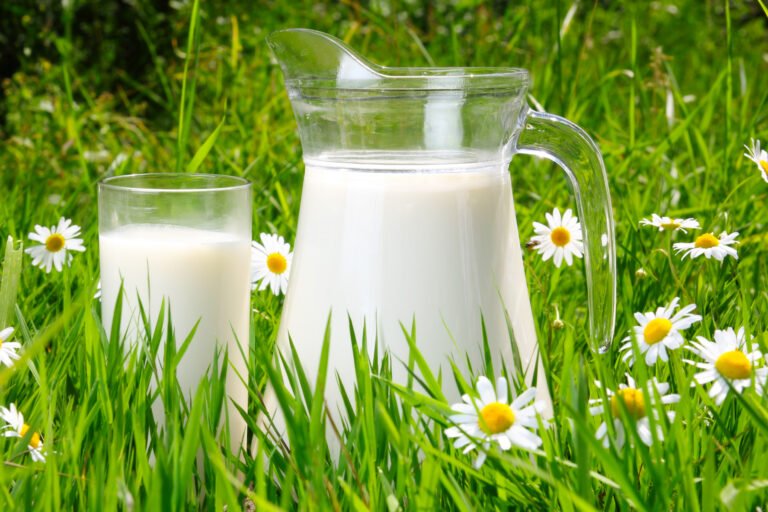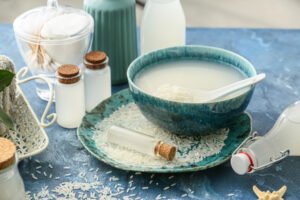Coffee, shakes, smoothies, and whatnot! We relish milk in so many ways. How about we let plants enjoy some too? Of course, milk is nutritious, but can you use milk to water plants? And is milk good for plants? Let’s find out!
Key Takeaways
- Yes, milk is beneficial to plants and can be used to improve plant health due to its high calcium and other nutrient content.
- The best way to use milk for your plants or garden is to dilute it with equal parts water and apply it with a spray bottle or a watering can.
- Milk can prevent various plant diseases like black spot disease, blossom end rot, and powdery mildew in certain plants.
- Do not apply undiluted, flavored, or sweetened condensed milk on plants or soil. Read along for more ideas, tips, and precautions for using milk for plants!
Types Of Milk That Can Be Used For Plants
With a rich amount of calcium and other vital nutrients beneficial for plant growth, milk is a good watering substitute. But can you give any kind of milk to your plants?
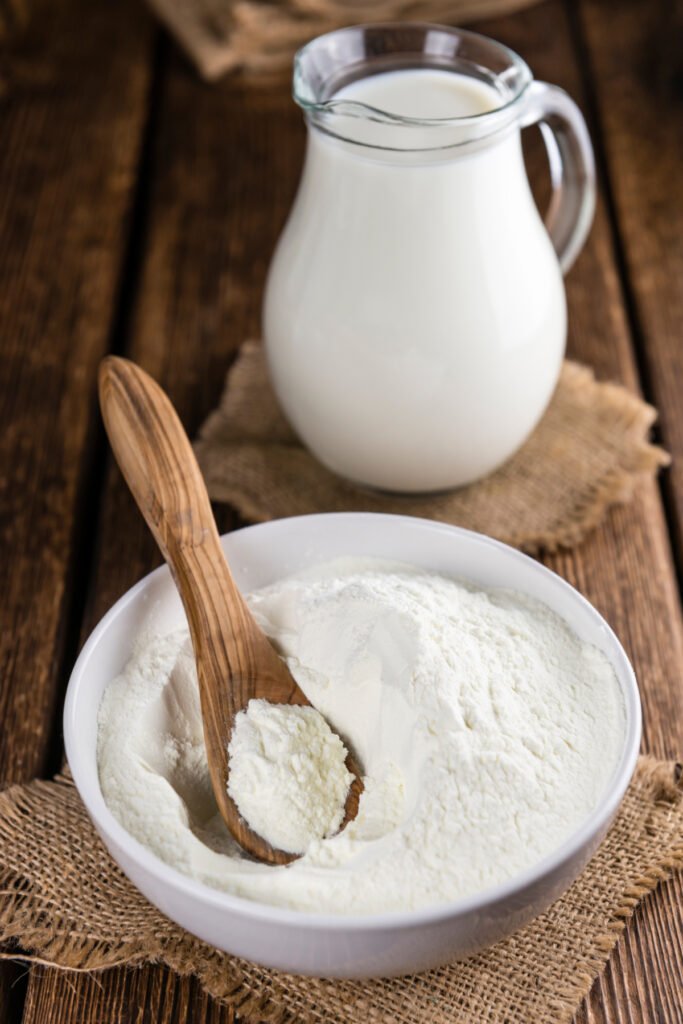
Unlike us, plants might not enjoy milk in just any form. Below are the most suitable types of milk that can be used for plants or gardens.
- Cow milk
- Buttermilk
- Powdered milk
- Sour milk
- Evaporated milk
- Soy milk/Almond milk
- Raw milk
- Fresh milk
- Spoiled milk/Expired milk
You must dilute all types of milk before applying, lest plants should have difficulty absorbing water due to the fats and proteins present in it.
Types Of Milk That Can’t Be Used For Plants
Since plants are fussy milk drinkers, it should be considered what types of milk hinder plant growth and development and should be avoided.
- Undiluted milk (full-fat milk can destroy plant foliage and make absorption of water difficult)
- Flavored milk and sweetened condensed milk (they are processed and have high sugar content, which is unsuitable for plants)
- Skim milk (leads to the development of rot in plants)
Plants that like Milk
Certain plants appreciate milk more than others. These include rose, tomato, pepper, squash, Azalea, Begonia, jade plant, English Ivy, etc.
- Milk prevents the black spot disease in roses and powdery mildew in jade plants & English Ivy since lactoferrin is a natural fungicide in milk.
- It also prevents blossom end rot in tomato, squash, and pepper, primarily caused by deficiency of calcium or the inability of plants to uptake calcium.
- Azalea thrives in acidic conditions, and sour milk does the needful.
Feeding fruit and vegetable plants with milk will increase the yield and boost the flavor.
Now that you’re aware of what kind of milk you must apply to the plants and which plants will thrive with it, let’s focus on the perfect way of application.
How to Use Milk for Plants?
If you want to apply water to your lovely houseplants, you can simply mix water with the last dregs of milk and feed it to them.
However, that wouldn’t be enough to feed a garden.
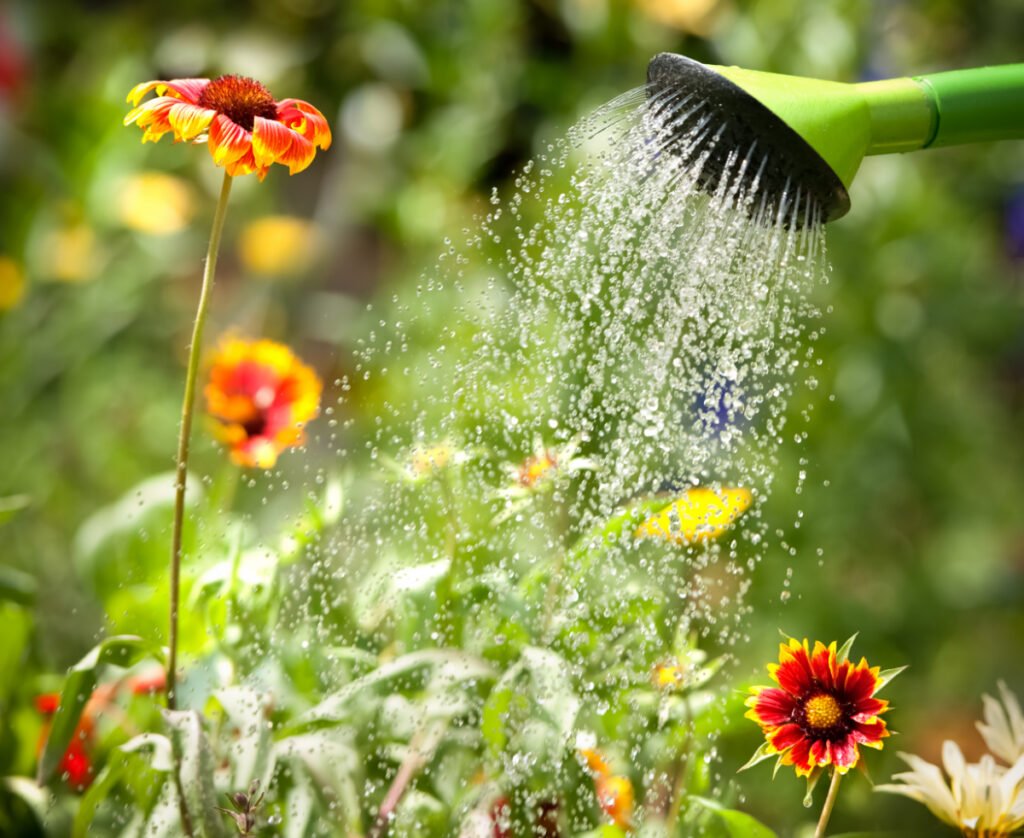
Therefore, you can follow a simple recipe for feeding plants in large numbers or a whole garden with milk food.
Step 1: Dilute the Milk
First, add equal parts of milk and water, i.e., 50% milk and 50% water, into a container and mix it well.
Use milk with molasses for hungry high-protein plants like tomato, pepper, melons, and eggplants. This mixture will feed them with calcium, magnesium, iron, and potassium.
Step 2: Add the Mixture to Watering Can
Pour the diluted milk into a clean spray bottle or watering can. You can pick any of the two based on your garden size.
Step 3: Apply to the Plants
Apply the mixture generously to the foliage, preferably more on the lower side of the leaves.
Be patient and let the plants soak in the water-milk mixture.
Apply milk once every few months or at the beginning of the growing season.
Step 4: Wipe the Excess Mixture
After approximately 30 minutes, sponge off the excess mixture that the plants do not absorb. This will keep the unwanted ravenous insects away from our plants, looking for a treat.
Avoid using chemicals after applying milk since pesticides or fertilizers will kill the commensal bacteria in milk which helps the plants grow.
Alternative Method
Another hack for applying milk to plants is by using a bottle. This method is excellent for small gardens.
Step 1: Take a clean plastic bottle and punch tiny holes in its cap using a pin.
Step 2: Pour the milk solution into the bottle (50% milk and 50% water).
Step 3: Insert the bottle upside down straight in the garden soil, near the plant’s roots.
This is an excellent hack as it supplies milk and water nutrients directly to the roots of the plants.
Advantages of Milk on Plants

- Helps in Composting: Sprinkling milk during composting can facilitate the multiplication of bacteria, ultimately accelerating the formation of the compost pile.
- Disease-free Plants: Spraying milk once a month on the surface of leaves will keep pathogens causing mold, rot, powdery mildew, and mosaic virus away. If the plant is already infected, apply milk once a week until the disease vanishes.
- Makes Plants Attractive: A lovely milk spray bath will clean plant leaves and make them glossy & appealing. Just make sure to wipe them with moist cloth afterward!
- Helps in Absorption of Pesticides: Watering plants with milk helps absorb pesticides by preventing them from run-off from rain and strong winds.
- Improves Soil Health: Milk maintains soil pH and enhances its ability to absorb air and water.
Add calcium nitrate, eggshells, bone meal, or garden lime with milk to treat diseased plants.
Disadvantages of Milk on Plants
Milk, indubitably, has several advantages and uses; ergo, it is a perfect fit for plants. But with plenty of benefits of milk on plants, certain disadvantages are also there.
Excessive milk can have detrimental effects on plants.
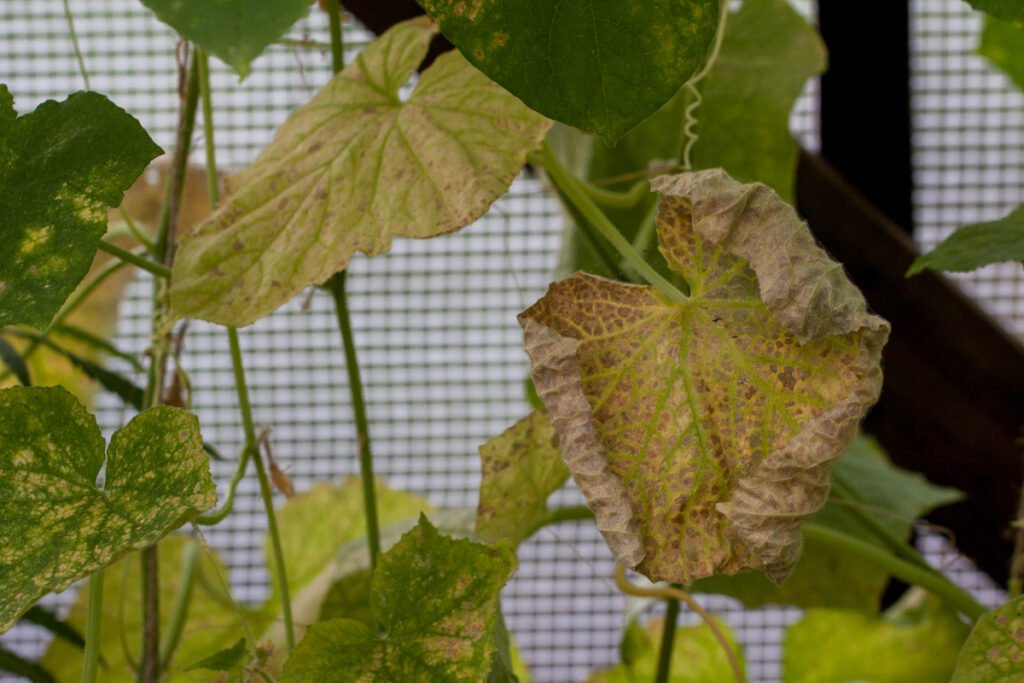
- Harmful bacteria can multiply very quickly with an immoderate amount of milk.
- Excess milk will lead to an undesirable and foul smell.
- Overfeeding with milk might also cause root rot in some plants.
- Unmonitored application of milk will lead to stunted growth and might attract pathogens.
Nevertheless, you can always use milk for your plants and garden, taking certain measures.
Precautions While Using Milk on Plants
Of course, milk is beneficial for plants. But it’s still important to remember a few points before treating our plants with that wonderful white drink.
- Never use undiluted milk for plants, as it will hinder water absorption.
- Ensure to wipe the plants with a moist cloth after applying milk to get rid of excess milk to avoid attracting insects.
- Avoid overwatering the plants with milk as bacteria in the soil will destroy them, leading to poor plant health and foul odor.
- Make sure not to use flavored or sweetened condensed milk as sugars and chemicals present in it will knock down the soil bacteria.
Other Uses of Milk on Plants
Along with these numerous benefits, milk can be helpful for plants in many other ways.
- Disinfectant: Instead of toxic bleaches, you can use milk for disinfecting garden pruners and scissors. Simply dip the tool in milk, and you’re good to go!
- Insecticide: Milk has enzymes that aphids, mealybugs, thrips, etc., can’t digest, leading to their death, and making it a natural and effective insecticide.
- Fertilizer: Milk fertilizer is perfect plant food since milk is a rich source of calcium. The application can be done at the beginning of the growing season, followed by once in the middle.
Can you use spoiled milk on plants?
Yes, you can use spoiled milk on plants. Just make sure to dilute it before application.
Is milk good for the soil?
Yes, milk is excellent for soil as it acts as a natural fertilizer and increases the calcium content in the soil.
How often should you use milk on plants?
You should apply milk every few months, or you should spray it at the beginning of the growing season and then in mid-season.
Can I pour milk directly on plants?
It is best to avoid applying or pouring milk directly on plants since fats and protein present in milk will hinder water absorption by plants.
Is milk good for tomato plants?
Milk is beneficial for tomato plants as it helps overcome calcium deficiency, which is the main reason for blossom end rot in tomato plants.
Can you use milk for succulent plants?
You can use milk for succulent plants as it is a good fertilizer.
Can you use milk for indoor plants?
You can use milk for indoor plants as long as you dilute it with water in a 50-50 ratio.
So, what are you waiting for? Let’s take the old milk from the refrigerator and treat our plants with a nice milky bath!
But, if you don’t have enough milk for plants, don’t worry! There’s another secret nutritious liquid you can use; rice water. But, is rice water good for plants? If so, how and when should you utilize it? Learn everything with us.
